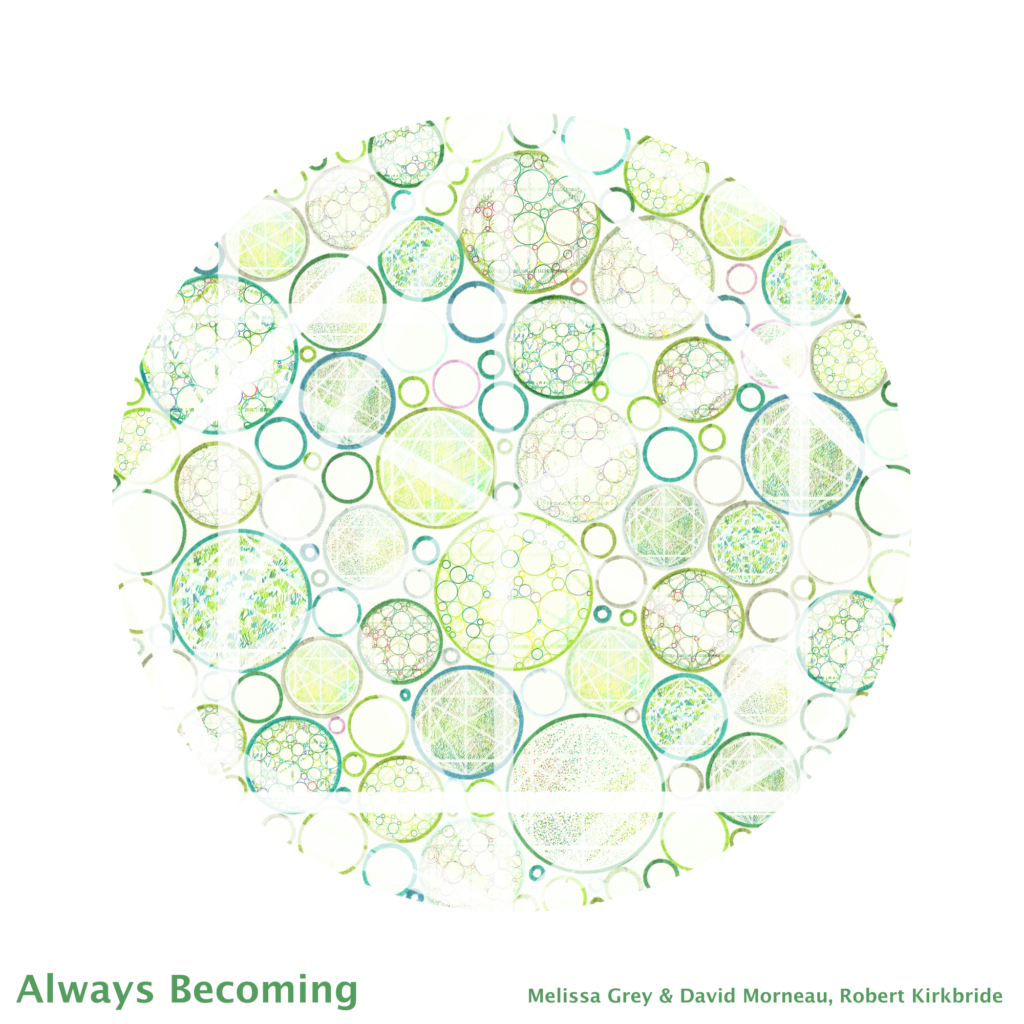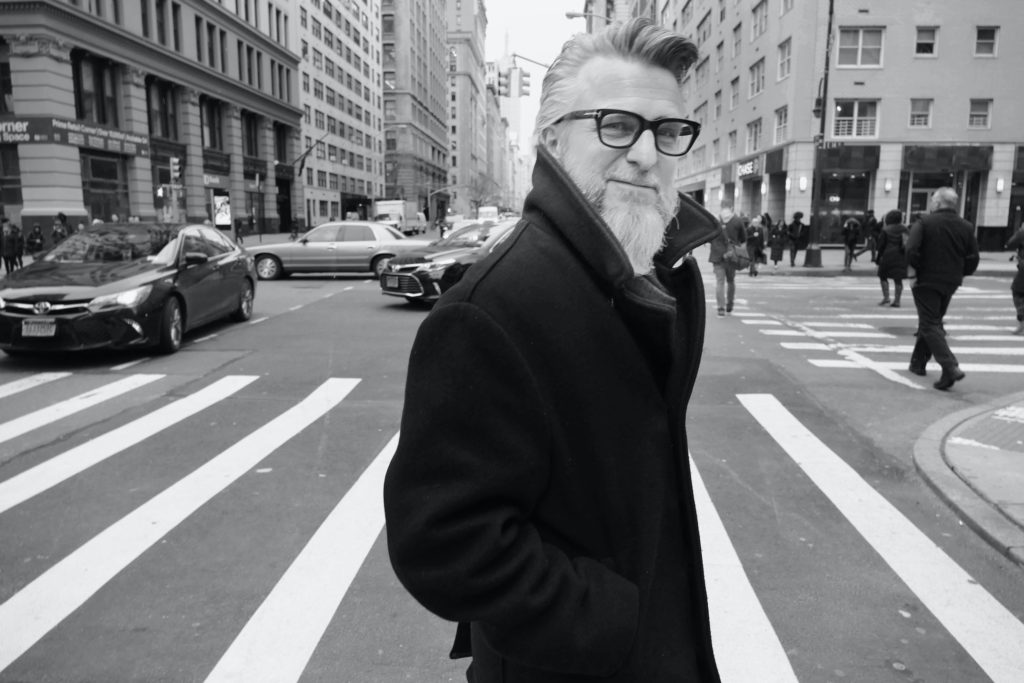=^.^=
Always Becoming

Always Becoming weaves the colors of sunshine pop and dreampop with Robert Kirkbride’s harp-like guitars and Melissa Grey & David Morneau’s crystalline orchestration and signature seductive beats, wrapping the listener in a sonic tapestry of ever-shifting patterns, pulses, and hues.
Complementing the music are nine hand drawings and an essay on humanity’s tilted view of seasonal cycles by Kirkbride, whose work explores the interplay of memory, ornament, and placemaking. These four tracks—Being, Always, Ever, Becoming—are designed to play in an endless loop.
guitars*
Robert Kirkbride
theremin, guitar feedback
Melissa Grey
trombone
David Morneau
composition
Robert Kirkbride, Melissa Grey & David Morneau
recording, sound design, programming, mixing, mastering
Melissa Grey & David Morneau
paw percussion
Foxmèr
=^.^=
Recorded and mixed at The Arches
March 7, 2023
Robert Kirkbride appears courtesy of studio ‘patafisico
*guitars
Gibson ES-175, Martin Sigma CR-7
drawings
Robert Kirkbride
digital composites
David Morneau
[liner notes]
Our view of the universe is tilted by approximately 23.5º as a result of the primordial collision of the Earth and the protoplanet Theia 4.5 billion years ago, an encounter that also generated the materials that coalesced into our Moon. We experience the obliquity of our planet’s axis palpably, through the annual cycle of seasons, and this tilt also causes the Earth’s celestial pole to slowly revolve by 1º every 72 years, completing a full 360º rotation among a series of northern and southern “polestars” over a period of 25,772 years by a process known as the Precession of the Equinoxes.
Around 2200 years ago, the Greek astronomer Hipparchus (190-120 BCE) discovered the Precession of the Equinoxes by utilizing the observations that ancient Babylonian and Greek astronomers had gathered during the years 3942 to 1793 BCE, when the northern polestar had been Alpha Draconis. Also known by its Arabic name Thuban, signifying “head of the serpent,” the star occupies the “head” of the constellation Draco, a position that held lasting influence on human affairs. Several dragon-centered myths became anchored to the North Celestial Pole, regardless of the gradual precessional drift toward the next polestar, Polaris, in 500 CE.
In Hipparchus’s own time there was not a true polestar, yet myths of a dragon/Draco-centered north star lingered. One myth recounts the Greek goddess Athena hurling a dragon into the sky during a battle, where it became fixed to Thuban. In another, the goddess Hera places the dragon Ladon in the sky as a gesture of respect after its defeat by Hercules, whose own constellation stands victoriously on the head of the constellation Draco. Although outmoded by Hipparchus’s empirical studies, these myths nonetheless remained fixed in the popular imagination.
Nearly 1800 years later, the protagonist of Shakespeare’s play Julius Caesar claimed to be as “constant as the Northern Star, of whose true fixed and resting quality there is no fellow in the firmament.” Yet, there was no “true fixed” northern star during Julius Caesar’s reign (49-44 BCE). Is this a mere anachronism, poetic license, or poetic justice, since such a reference to a non-existent polestar would have made the populist Roman Emperor more fickle than constant? What stories will be told of Polaris and Ursa Minoris after 2102 CE, when the precessional drift moves on toward the star Deneb, in the constellation Cygnus (The Swan), in 9800 CE? And thereafter to Vega, in the constellation Lyra, from 12,000 to 13,727 CE? Will anyone be available and aware in 20,346 CE to welcome Thuban and the polar return of the dragon?
The interplay of these terrestrial and cosmic cycles might seem eternal. Barring a cataclysmic event, the Earth may indeed continue to revolve around the Sun every Earth year, and our North Pole may continue circumscribing its path every 25,772 years. Yet, our universe is constantly expanding, and the relative positions of our planet, our solar system, and our galaxy are ever-shifting with respect to each other and every other point in the universe.
Consequently, we never occupy the same point twice in time and space. Even as we take comfort and disquiet in returning to the sensations and memories of seasonal rhythms and phenomena, we hurtle forward, buffeted by the unknowable. Similarly, the stars and dust of constellations are forever drifting, coalescing, colliding and dispersing to gather again elsewhere. Every instant in the universe is simultaneously a return and absolutely unique.
—Robert Kirkbride
=^.^=

Robert Kirkbride is a designer, musician, author, and professor who explores the interplay of memory, ornament, and placemaking.














